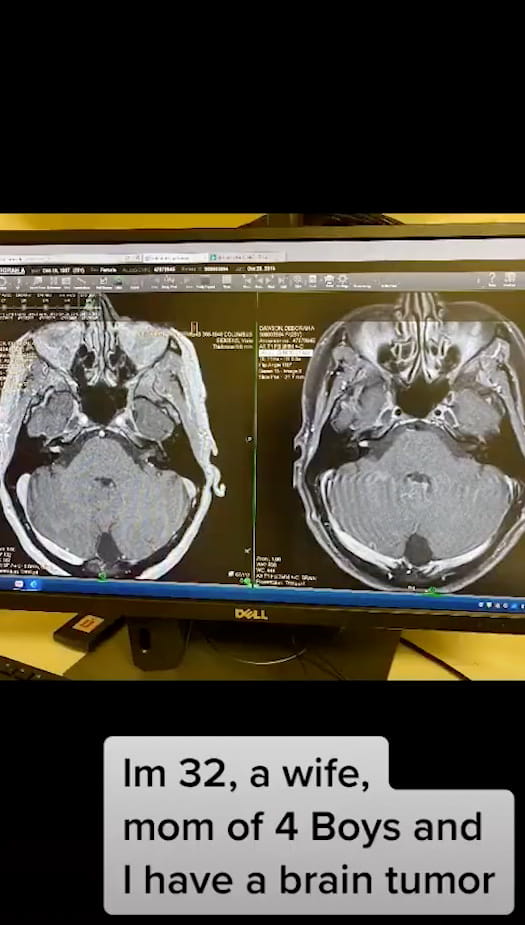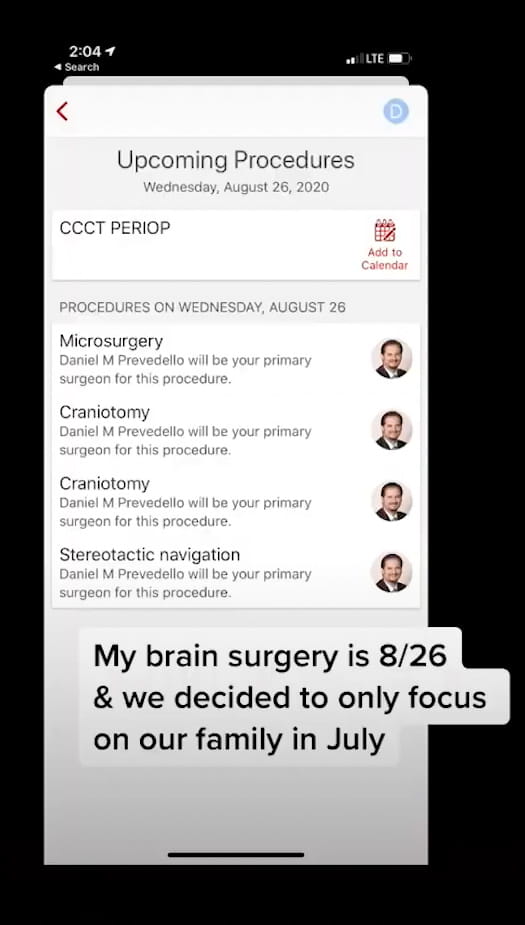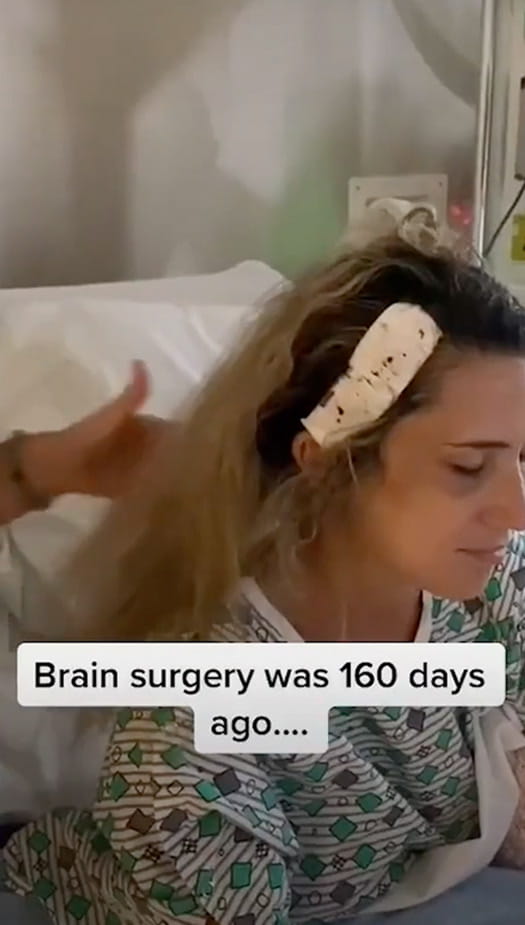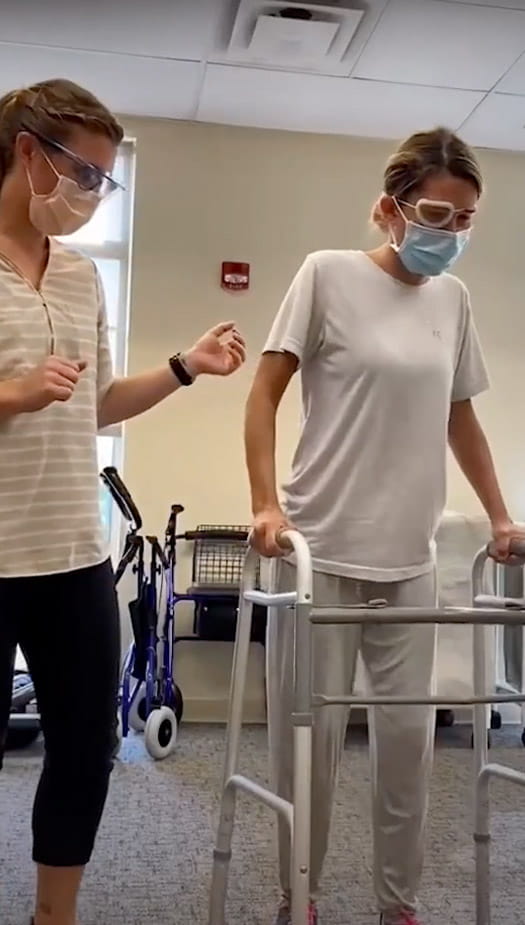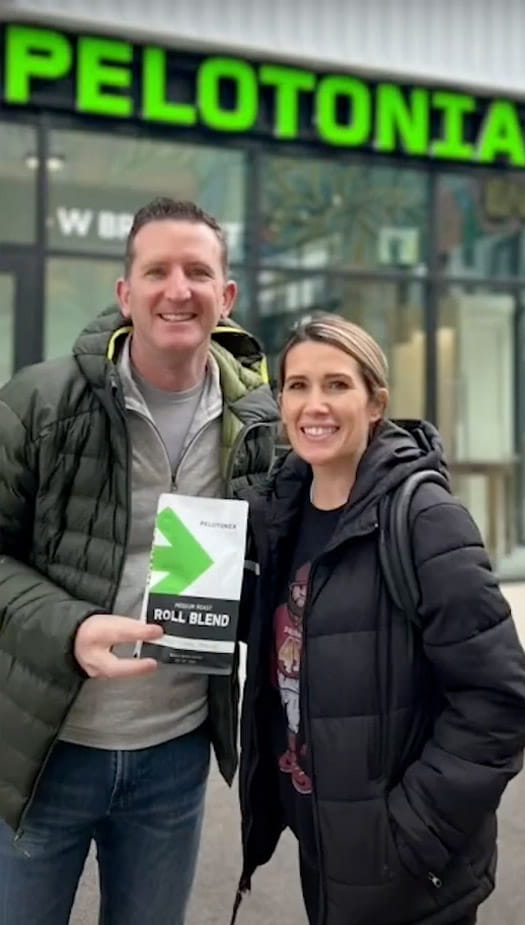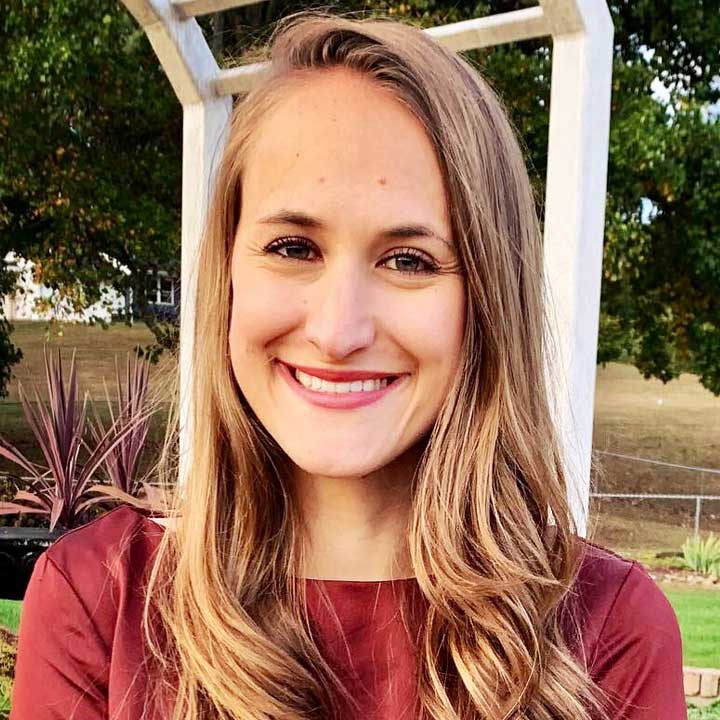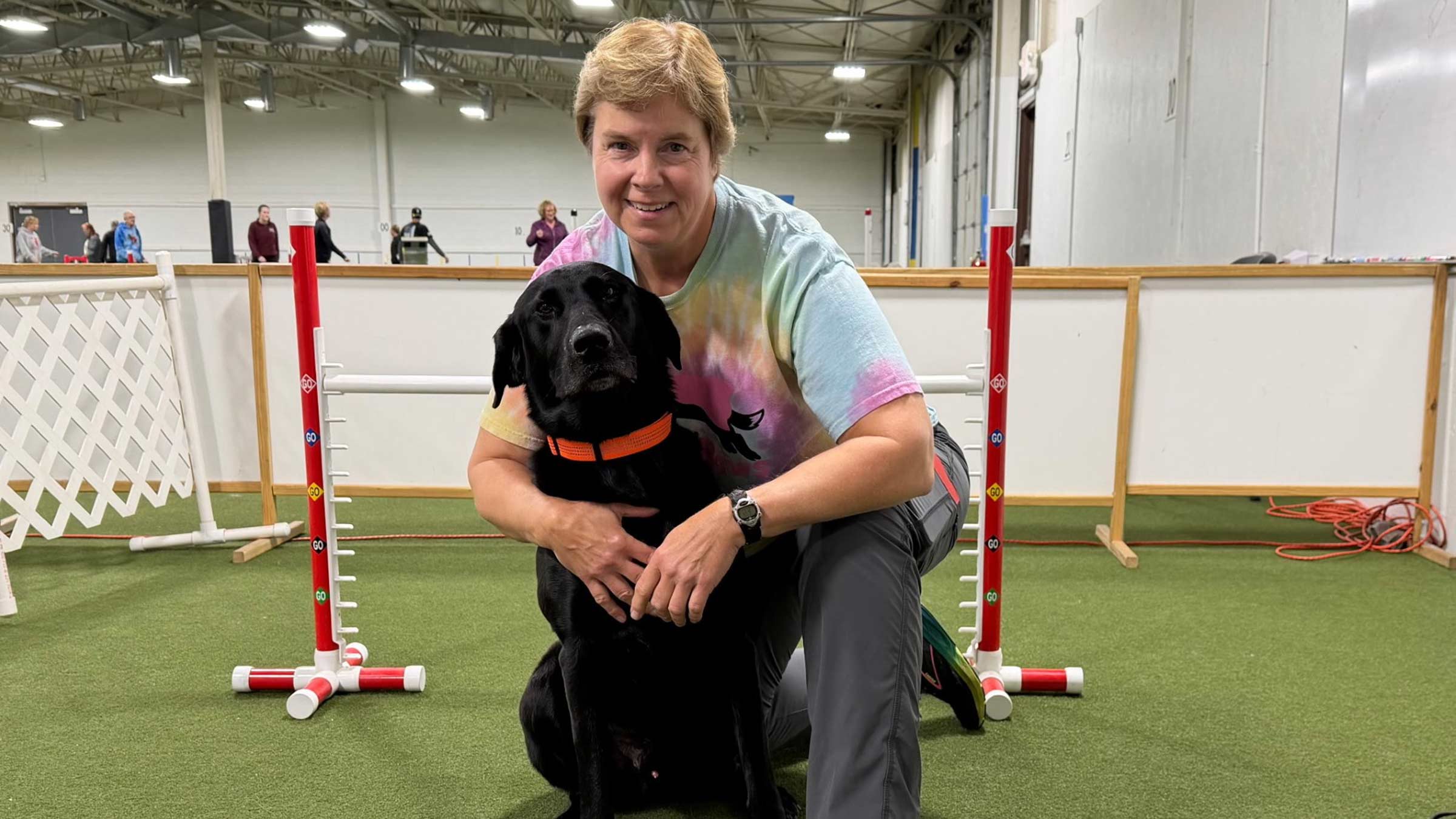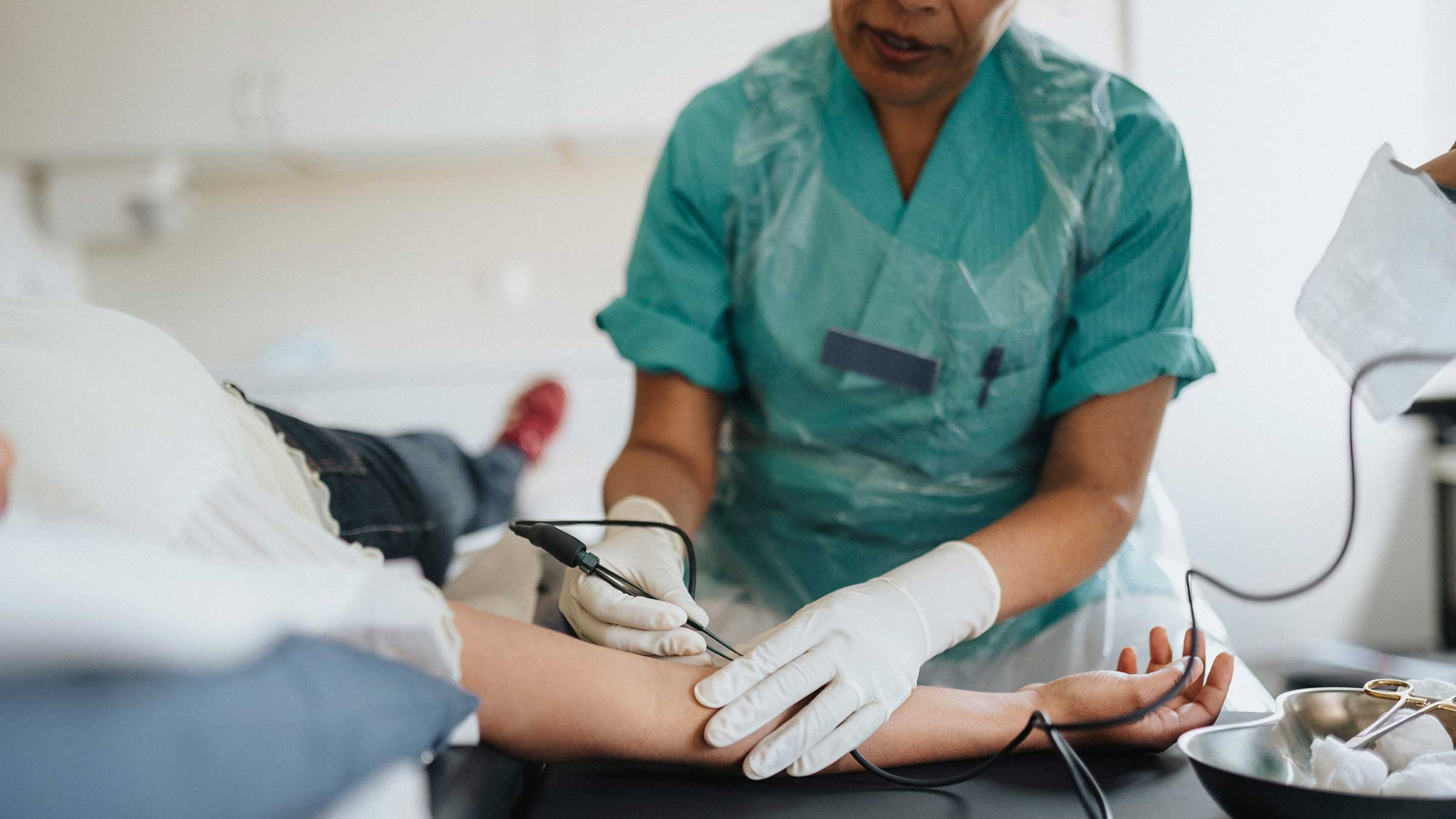Diagnosed with acoustic neuroma in her 20s, patient shares brain tumor journey on TikTok
In 2016, Borah Dawson suddenly began to experience hearing loss and tinnitus. As a healthy 28-year-old with no family history of hearing problems, she chalked it up to a loud rock concert she’d recently attended with her husband.
Then her symptoms started to get worse. She found herself watching TV with closed captioning and struggling to make out words during conversations. After a series of appointments with her primary care and ear, nose and throat (ENT) physicians, an MRI confirmed the presence of a small acoustic neuroma, a rare brain tumor that grows on the hearing and balance nerves between the ear and brain.
In the United States, roughly 2,500 to 3,000 people are diagnosed annually with an acoustic tumor. While these tumors are benign, they can pose a threat to patients when they grow large enough to cause significant hearing loss, balance issues and facial numbness or weakness. In the most severe cases, acoustic neuromas can put so much pressure on the brain stem and cerebellum of the brain that they pose a threat to vital functions for living.
What is an acoustic neuroma, and how is it treated?
Borah’s treatment options for acoustic neuroma
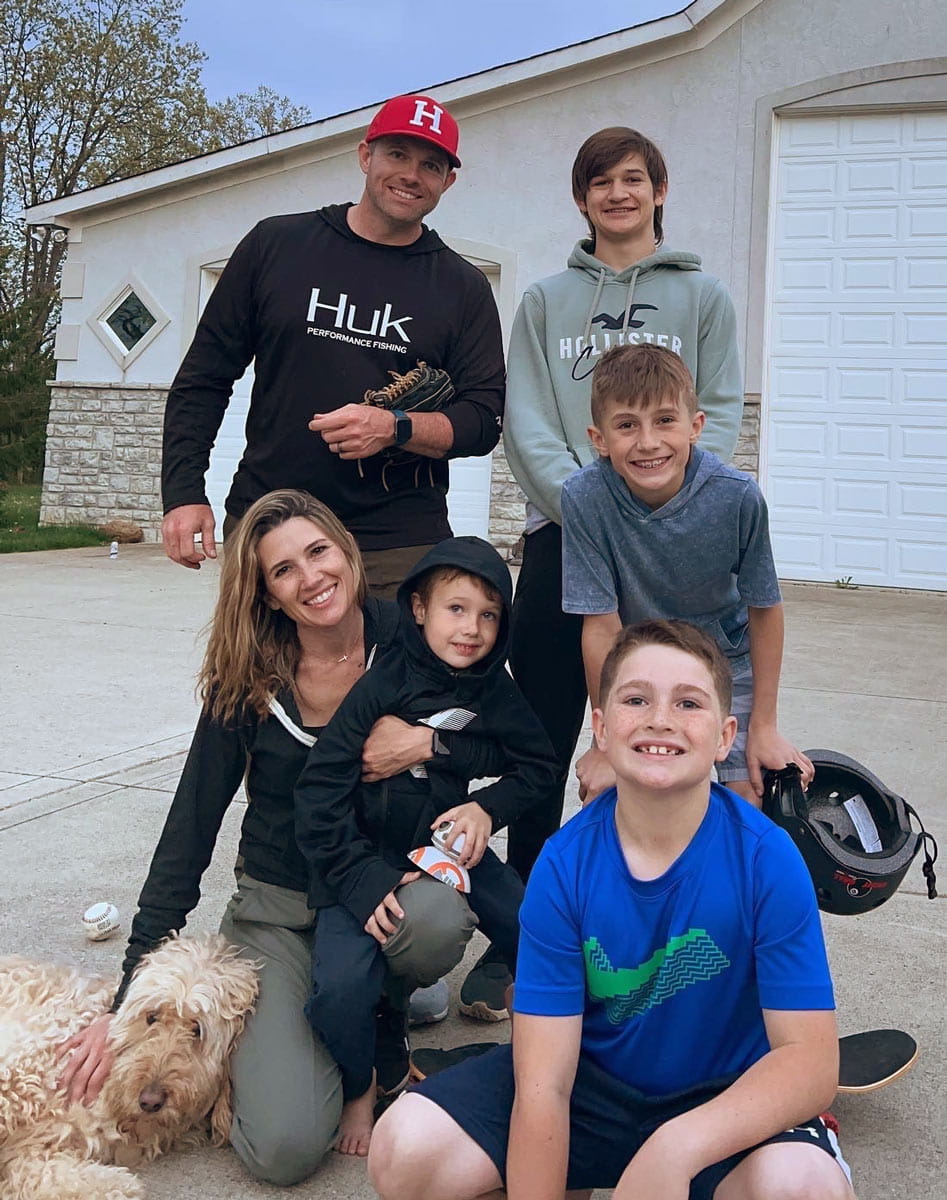 Acoustic neuroma treatment options fall into three categories: observation, radiation therapy and surgery. Because her tumor wasn’t growing, Dawson was able to avoid more aggressive treatment for four years after her diagnosis.
Acoustic neuroma treatment options fall into three categories: observation, radiation therapy and surgery. Because her tumor wasn’t growing, Dawson was able to avoid more aggressive treatment for four years after her diagnosis.
In June 2020, her annual MRI confirmed her worst fear: The tumor had grown larger, and she needed immediate surgery.
“It was a very surreal, hard moment,” she remembers.
At that time, Dawson was a mother of four young sons. When she wasn’t running her small coffee business, she was cheering on her boys at their sports games. She knew that surgery to remove her acoustic neuroma could result in complications, such as diminished hearing and facial paralysis, that would significantly lower her quality of life.
“When somebody is going to be operating inside your skull, near your brain, you want to have complete trust in that person or team,” Dawson says. But after meeting with several medical teams across Ohio, she says she felt confident selecting a team led by Daniel Prevedello, MD, and Oliver Adunka, MD, at The Ohio State University Wexner Medical Center.
“I really felt once I met both my doctors that I could trust them when it was time to move forward with surgery,” she says.
A team approach
The physicians in the departments of Neurosurgery and Otolaryngology – Head and Neck Surgery at the Ohio State Wexner Medical Center have successfully treated patients with acoustic tumors for decades. By combining forces, Ohio State’s neurotology, neurosurgery, audiology, radiation oncology and neurology teams ensure the safest, most advanced patient care possible using the latest research discoveries.
“Together, we can look at patients’ options from several angles,” Dr. Prevedello says.
Drs. Prevedello and Adunka worked together to use a “middle fossa” surgical approach that removes small acoustic neuromas while maximizing the potential for hearing preservation.
The two surgeons removed the tumor in a carefully choreographed dance that played to their strengths. Dr. Adunka, the otologist on the case, was responsible for drilling into the petrous bone (at the base of the skull) to expose the tumor. Dr. Prevedello, the neurosurgeon, then took the lead in removing the tumor from the brain stem.
Dawson woke up relieved to find that her hearing was completely intact and she had no serious facial nerve complications. Like many patients, though, her journey to recovery wasn’t completely straightforward. A week after surgery, she experienced delayed facial paralysis that lasted more than a month, and severe balance issues required her to relearn how to walk. She remembers the two months after surgery as a whirlwind of medications, appointments and physical therapy sessions.
Fortunately, Dawson made quick progress in physical therapy sessions with a team of vestibular physical therapists. They assured her she would walk unassisted by Christmas, but she was trick-or-treating with her sons without any assistance in October, only two months after surgery. Gradually, she regained the use of her facial muscles.
Recovery and moving forward from acoustic neuroma removal
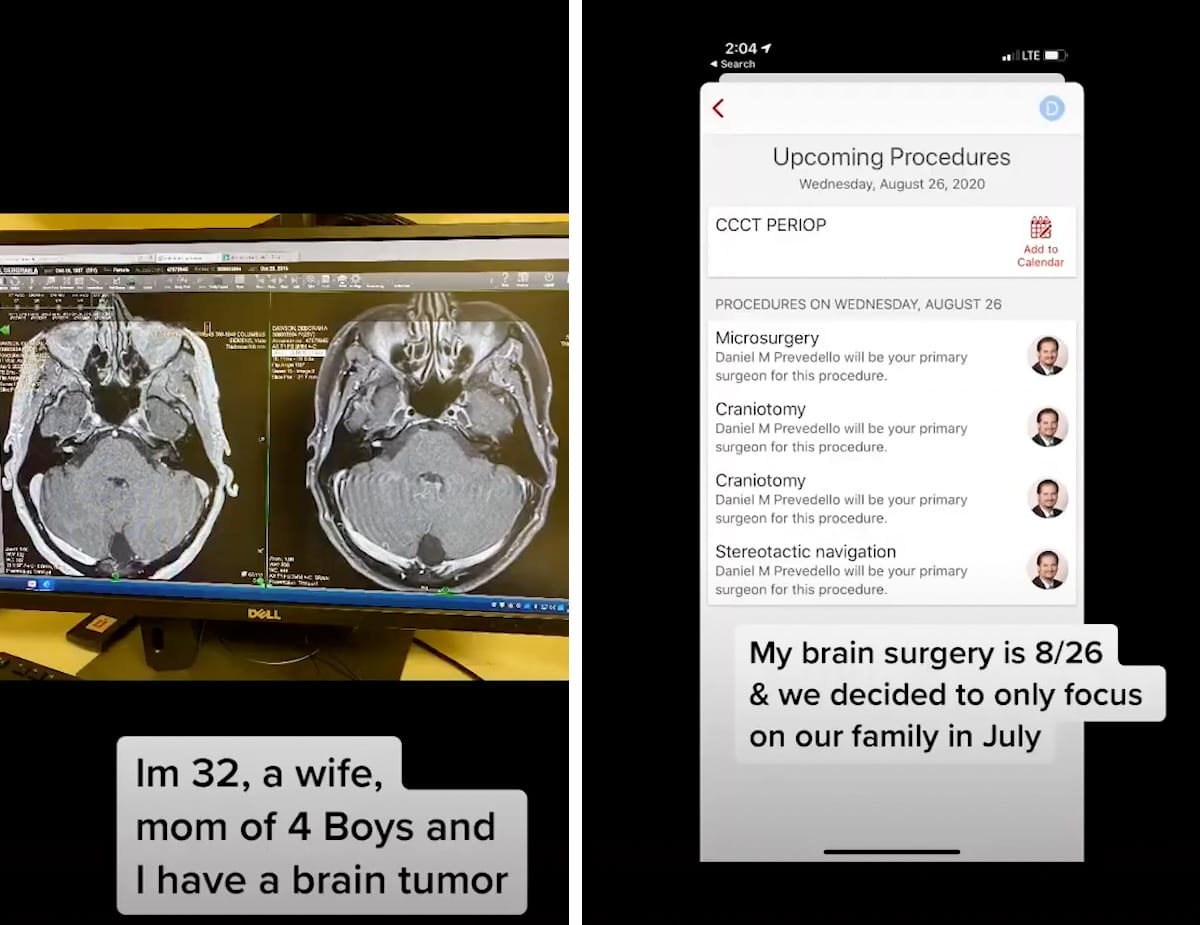
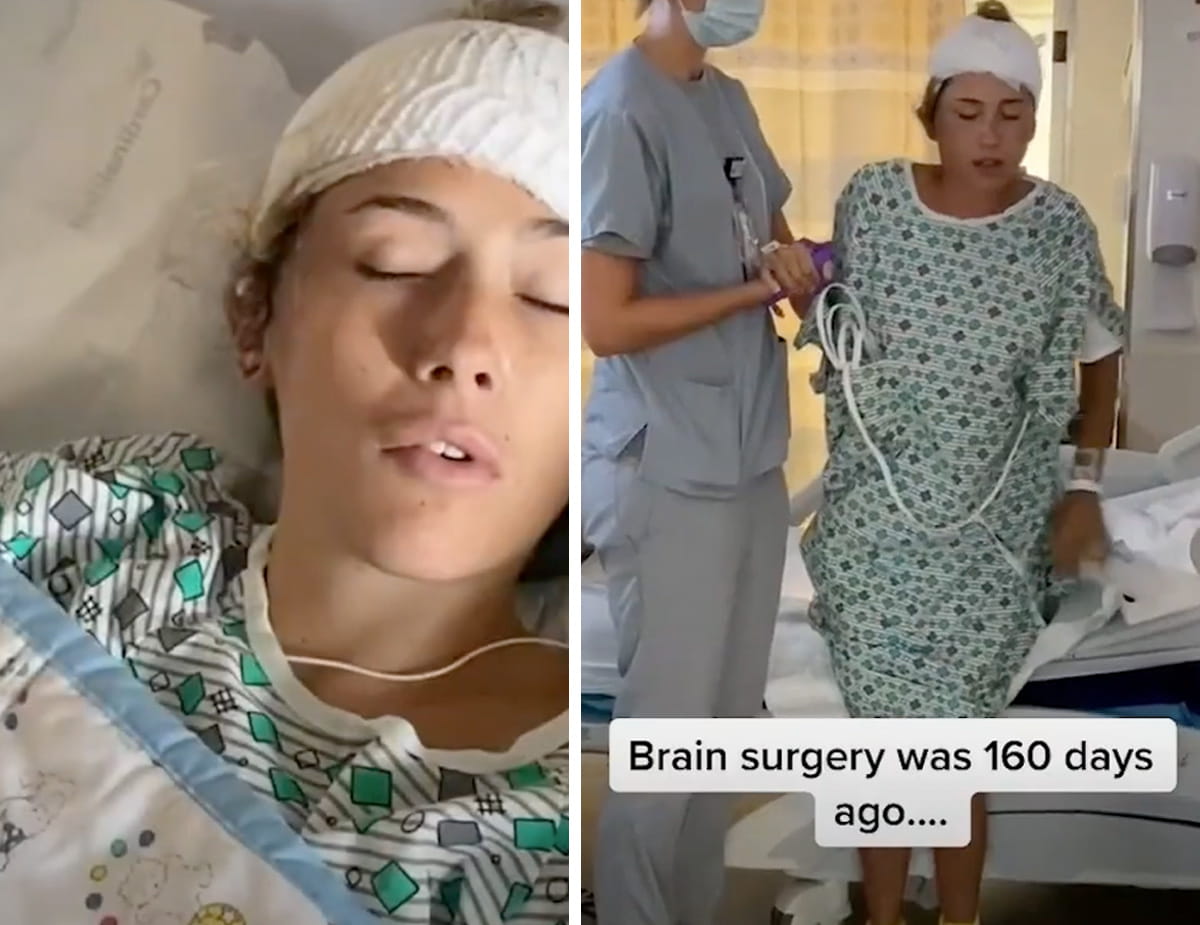
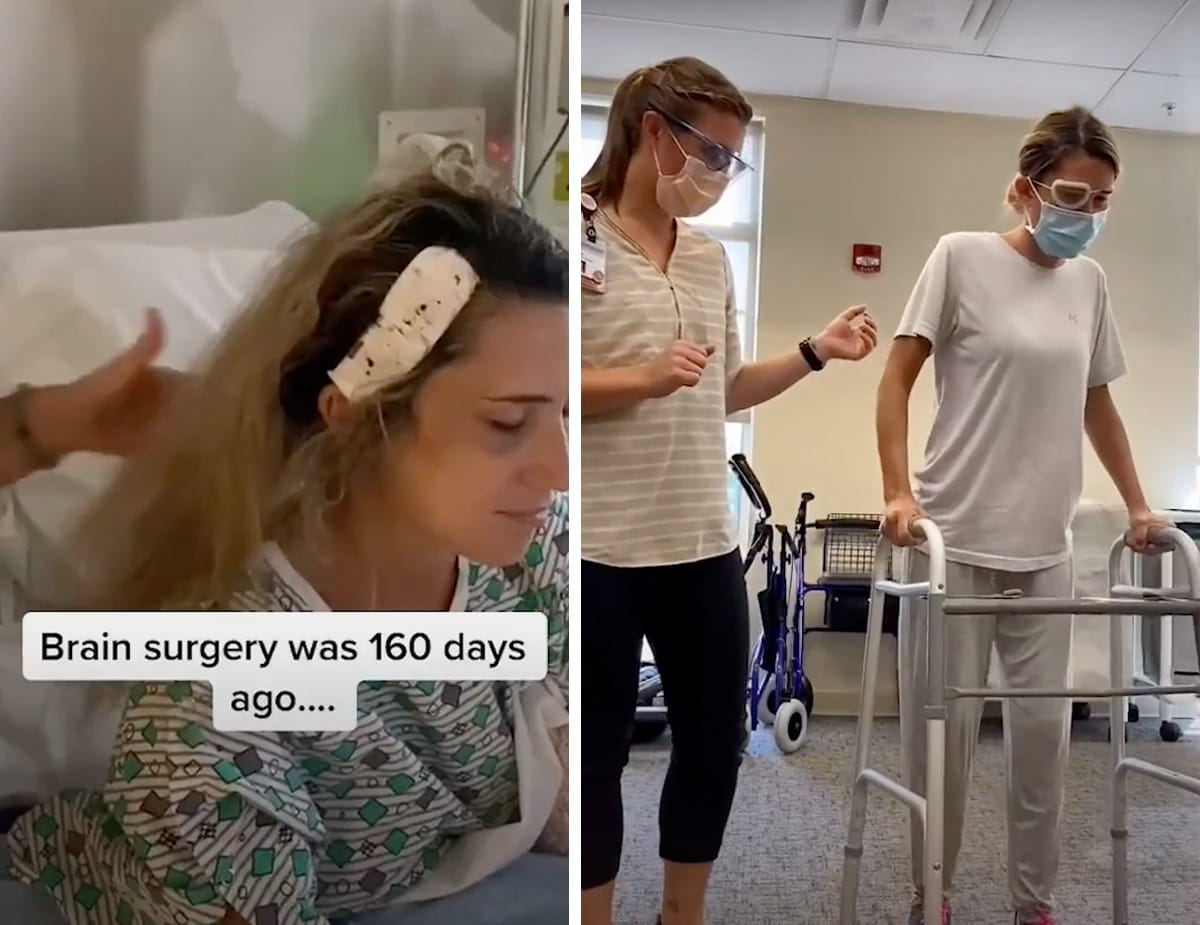

Dawson and her husband documented every step of her journey on social media. “At first, it was just a way to process everything that we were feeling, and then it started gaining traction with people in a similar position,” she says.
Over time, she’s amassed a large Instagram and TikTok following by sharing her story of recovery and offering helpful tips to acoustic neuroma patients in various stages of treatment.
“I speak to lots of different people from all over the world,” she says. Whether it’s someone who was newly diagnosed with an acoustic neuroma or someone who has lived with the condition for 20 years, she says, everyone can benefit from connecting to people in the same boat.
“When you’re in the middle of it, it’s hard to see hope,” she says. “I share my story because there is hope.”
Dawson still struggles to make out the lyrics at concerts, and she continues to experience some ringing in her ears. Otherwise, though, it’s almost as if she never had a brain tumor.
“I encourage everyone I talk to in the acoustic neuroma community to come to Ohio State,” she says. “I’m so thankful I chose the route I did. I get to live the rest of my life tumor-free. It’s the greatest feeling.”


Ohio State provides comprehensive care, diagnoses and treatment of acoustic neuromas
Schedule an appointment with our team.
Schedule Today



